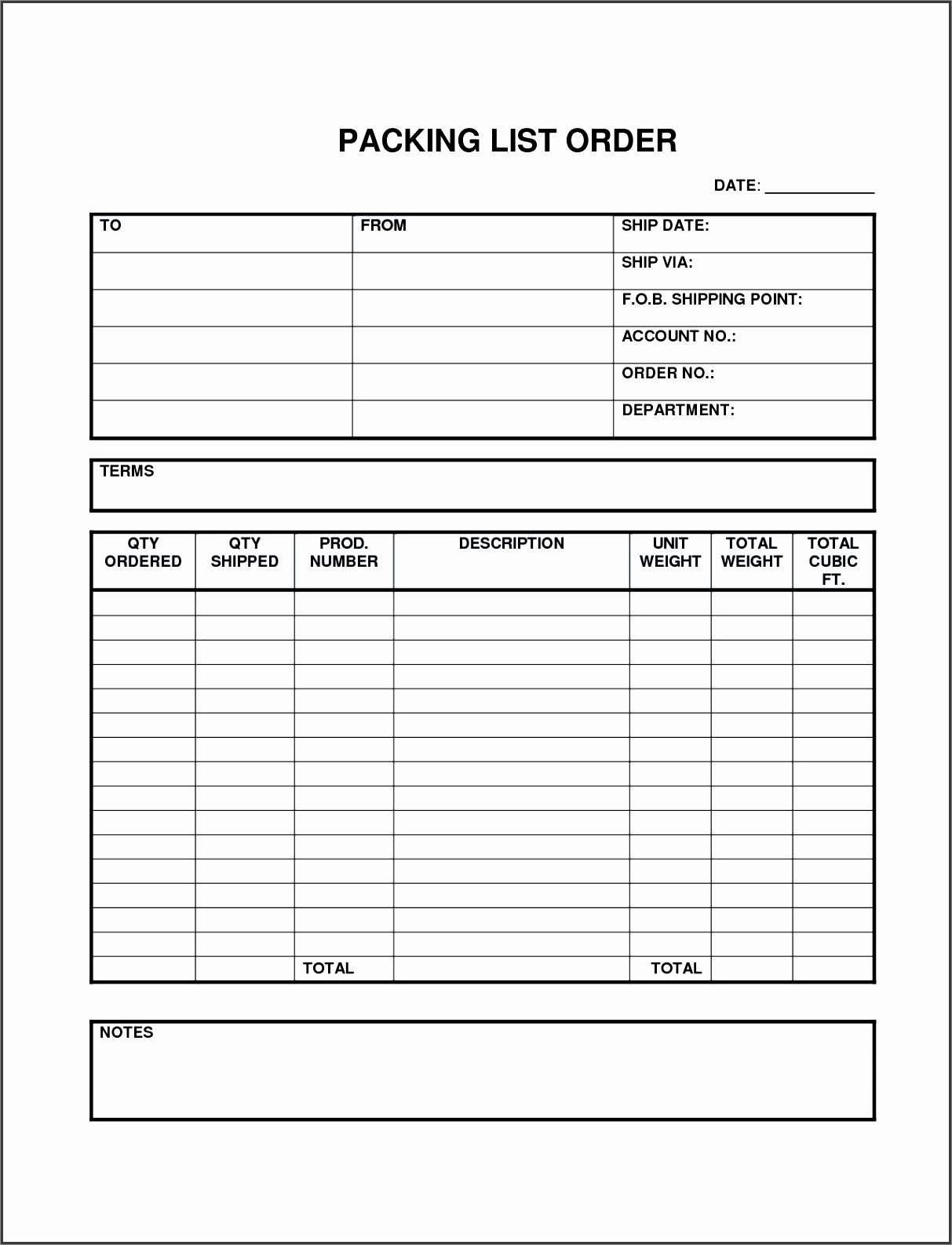When it comes to shipping goods internationally, many important documents need to be prepared. One such document is the export packing list, which provides crucial information about the contents of a shipment.
In this comprehensive guide, we will explore everything you need to know about export packing lists, including what they are, why they are important, and how to create one. Whether you are a seasoned exporter or new to the world of international trade, this guide will help you navigate the complexities of export packing lists with ease.
What is an Export Packing List?
An export packing list is a detailed document that itemizes the contents of a shipment. It provides important information about each item in the shipment, such as the quantity, weight, dimensions, and value. Export packing lists are typically used by customs officials, freight forwarders, and other parties involved in the transportation of goods. They serve as a reference point for checking the accuracy of the shipment and ensuring that the goods are properly packaged and labeled.
An export packing list is different from a commercial invoice, which is a document that provides information about the price, terms of sale, and payment details of the goods. While both documents are important for international shipments, they serve different purposes and contain different information.
Why are Export Packing Lists Important?
Export packing lists play a crucial role in international trade. Here are a few reasons why they are important:
- Customs Clearance: Customs officials use export packing lists to verify the contents of a shipment and ensure that they comply with import regulations. Without a packing list, your shipment may be delayed or even rejected at the border.
- Insurance Claims: In the event of loss or damage to the goods during transit, an export packing list can be used to support an insurance claim. It provides a detailed record of the items in the shipment, their value, and their condition.
- Freight Forwarding: Freight forwarders rely on export packing lists to plan and organize shipments. The information in the packing list helps them determine the appropriate shipping method, calculate shipping costs, and ensure that the goods are properly packaged for transport.
How to Create an Export Packing List
Creating an export packing list may seem like a daunting task, but it can be relatively straightforward if you follow a few key steps. Here is a step-by-step guide to help you create an export packing list:
1. Gather the Necessary Information
Before you start creating your export packing list, gather all the necessary information about the shipment. This includes details such as the quantity, weight, dimensions, and value of each item in the shipment. You should also have the shipping address, contact information for the recipient, and any special instructions or requirements for the shipment.
2. Choose a Format
Next, choose a format for your export packing list. You can create a packing list using a spreadsheet program like Microsoft Excel or Google Sheets, or you can use specialized software or online templates. Whichever format you choose, make sure it is clear, organized, and easy to read.
3. Include the Required Information
When creating your export packing list, make sure to include all the required information. This typically includes:
- Item Description: Provide a detailed description of each item in the shipment, including the product name, model number, and any other relevant details.
- Quantity: Specify the quantity of each item in the shipment.
- Weight: Indicate the weight of each item, as well as the total weight of the shipment.
- Dimensions: Provide the dimensions of each item, including length, width, and height.
- Value: State the value of each item, as well as the total value of the shipment.
- Packaging: Describe how each item is packaged, including the type of packaging material used.
- Hazardous Materials: If any items in the shipment are hazardous materials, make sure to indicate this on the packing list and include any required safety information.
- Special Instructions: If there are any special instructions or requirements for the shipment, such as handling or storage instructions, include them on the packing list.
4. Review and Double-Check
Once you have completed your export packing list, take the time to review and double-check all the information. Make sure that everything is accurate, consistent, and complete. This will help avoid any delays or issues with the shipment.
5. Print and Attach to the Shipment
After reviewing and double-checking the packing list, print multiple copies and attach one to the outside of the shipment. Keep additional copies for your records and any other parties involved in the shipment, such as customs officials or freight forwarders.
Sample Export Packing List
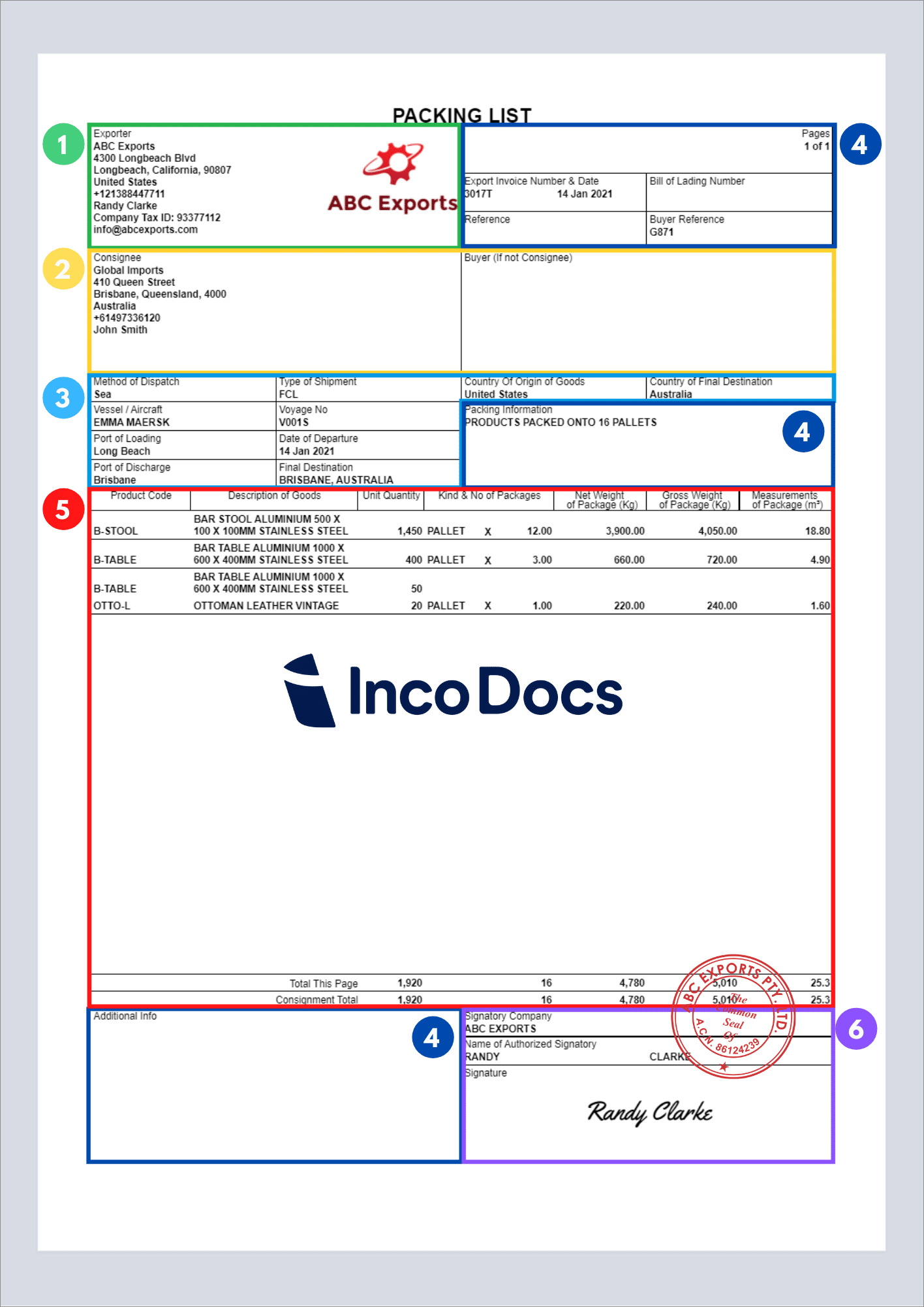
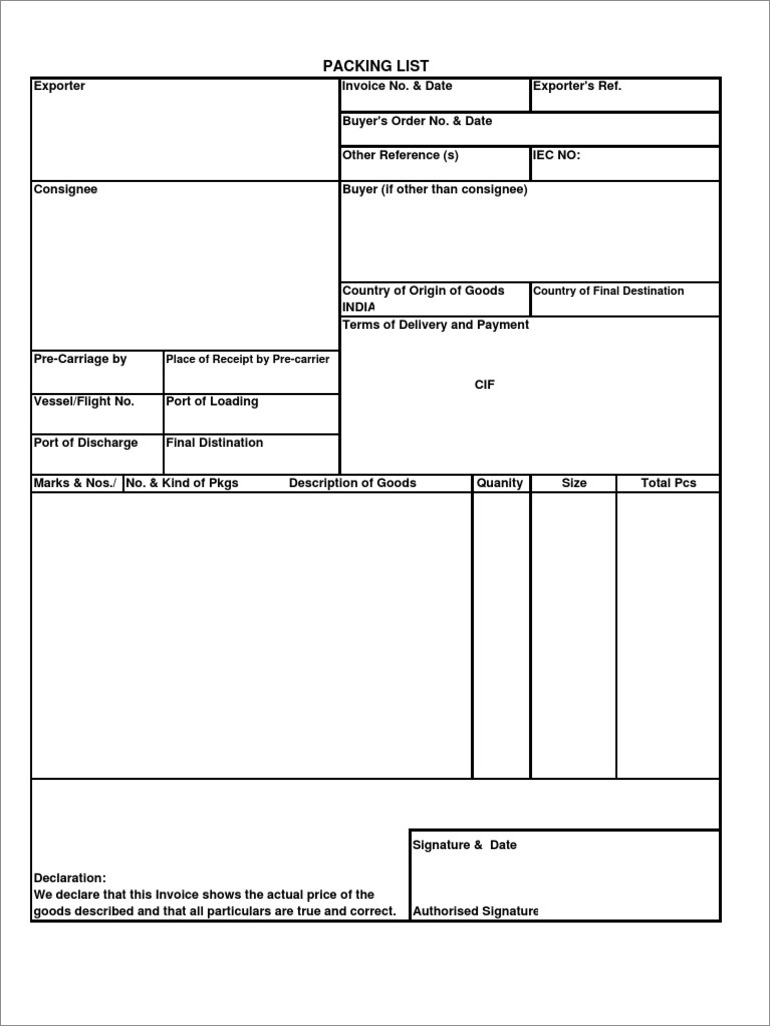
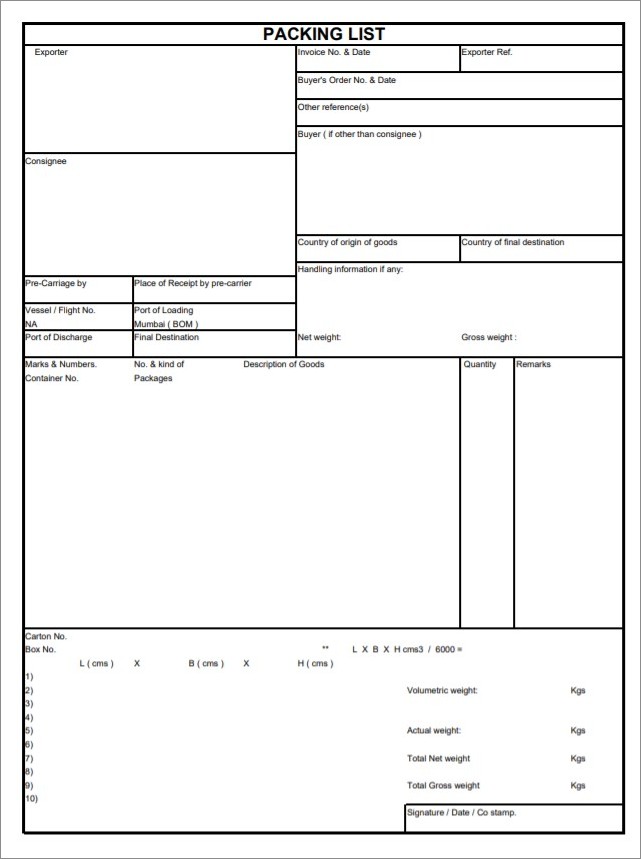
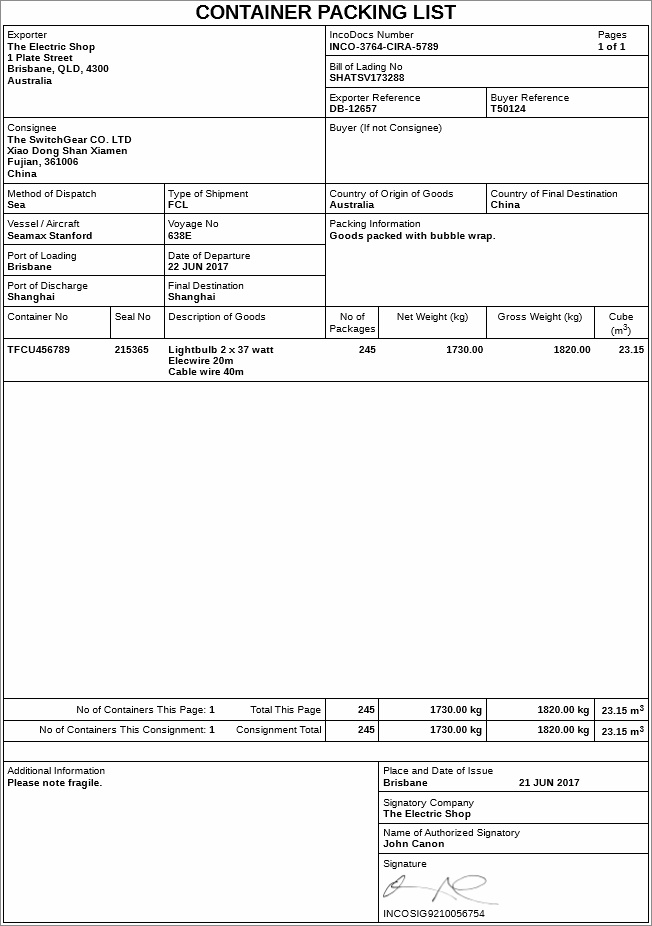
Here is an example of what a typical export packing list might look like:
- Item Description: Laptop
- Quantity: 10
- Weight: 2 kg each, 20 kg total
- Dimensions: 30 cm x 20 cm x 2 cm each
- Value: $1,000 each, $10,000 total
- Packaging: Each laptop is individually packaged in a cardboard box.
Repeat this format for each item in the shipment, and include any additional information that may be required.
Conclusion
An export packing list is an essential document for international shipments. It provides important information about the contents of a shipment and helps ensure a smooth and efficient transportation process. By following the steps outlined in this guide, you can create an accurate and comprehensive export packing list that meets the requirements of customs officials, freight forwarders, and other parties involved in the shipment. Remember to review and double-check the packing list before attaching it to the shipment, and keep copies for your records. With a well-prepared export packing list, you can minimize the risk of delays, rejections, or other issues with your international shipments.
Export Packing List Template Word – Download
